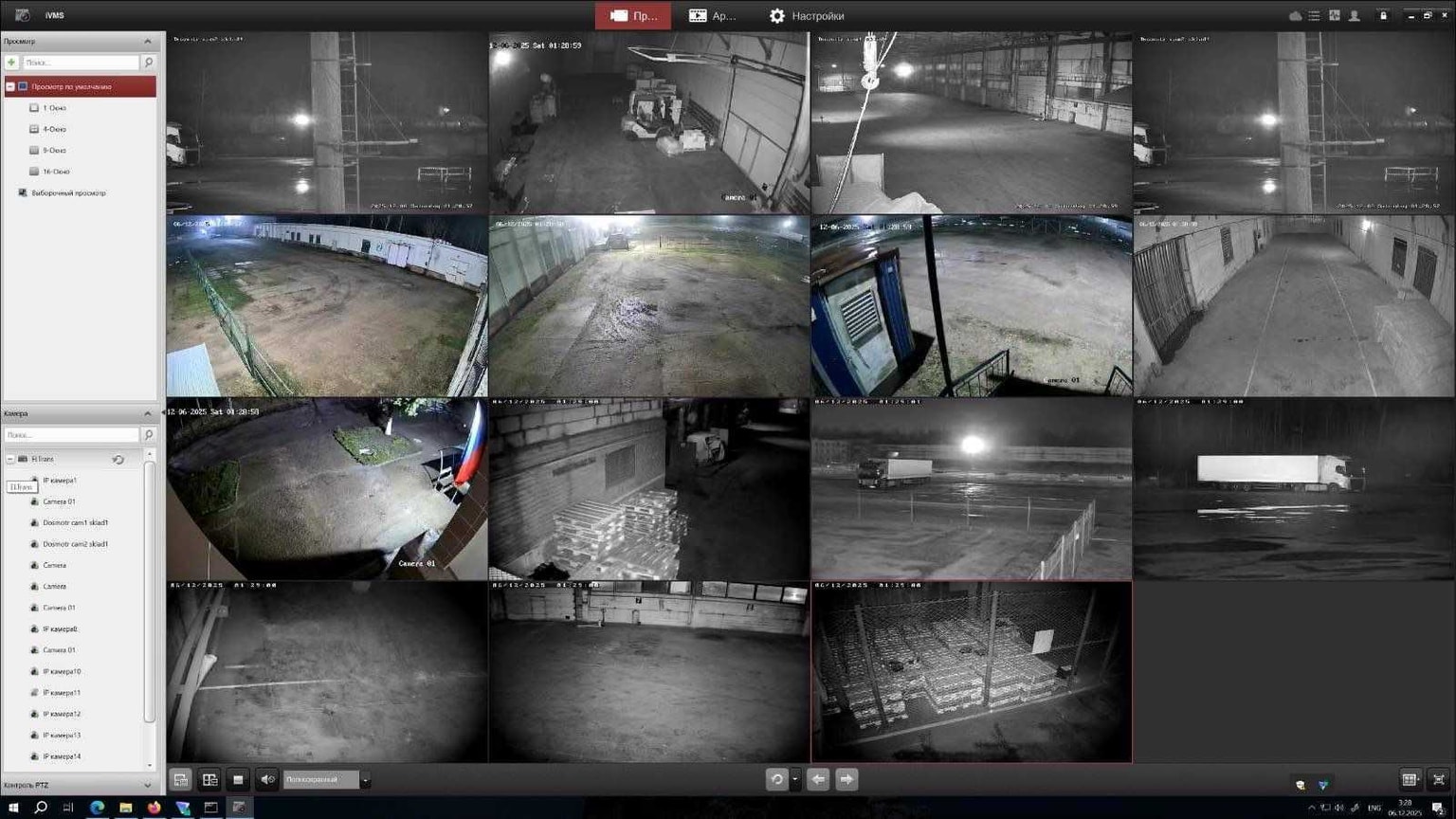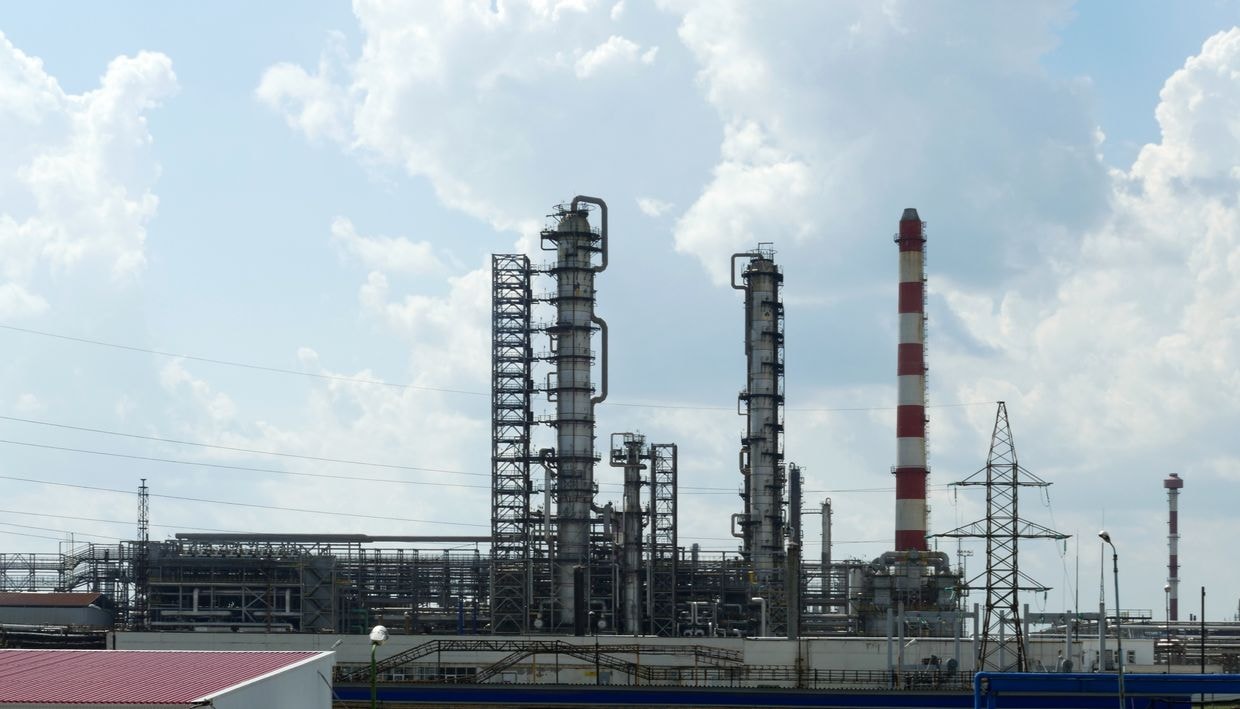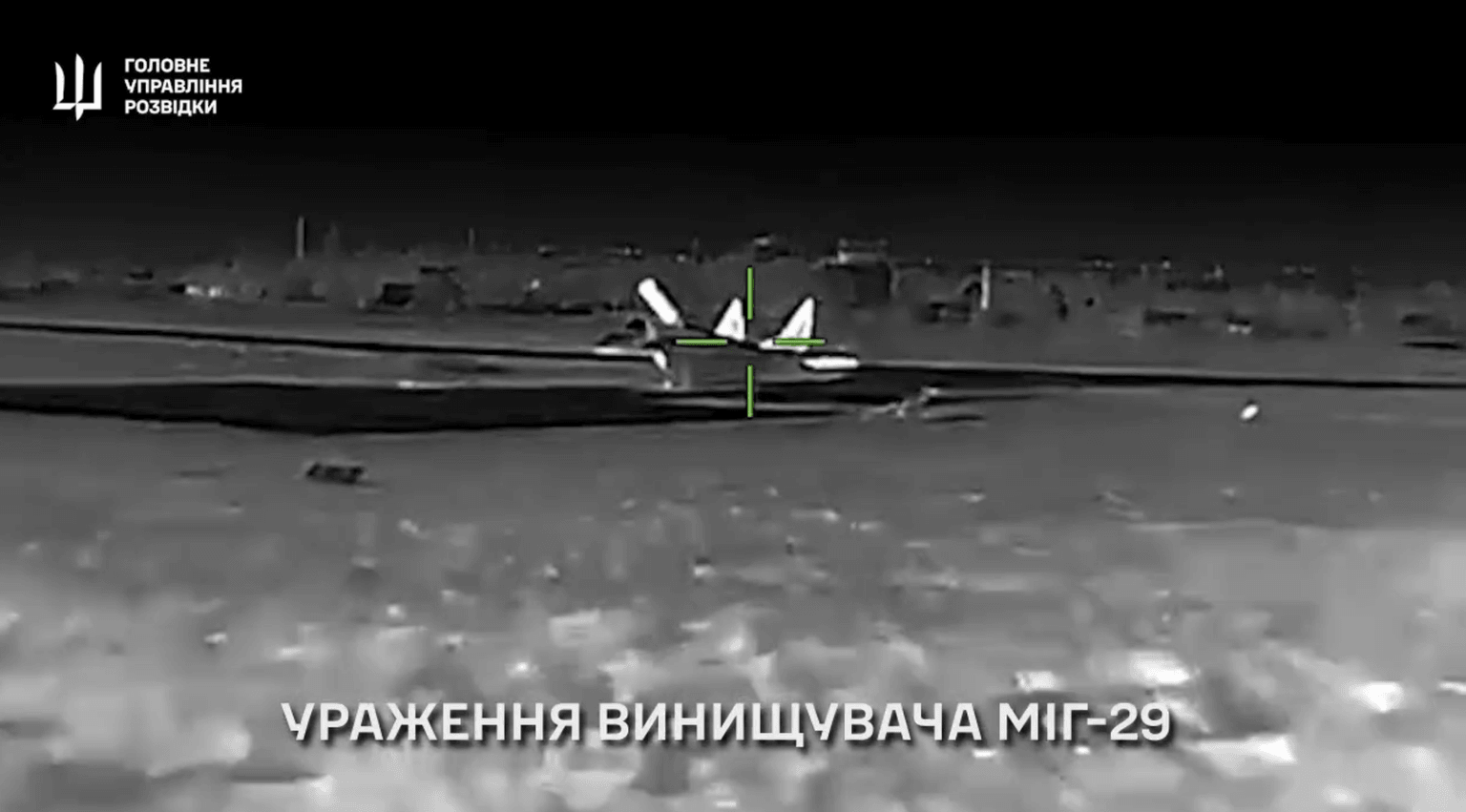Russian strikes reportedly destroy over half of Ukraine's gas output before winter

Russian strikes have destroyed more than half of Ukraine's natural gas production capacity ahead of winter, Bloomberg reported on Oct. 9, citing its undisclosed sources.
Ukraine's gas network, which met the country's needs before the full-scale war, has been repeatedly hit by missiles and drones, endangering millions of households that depend on gas for heating in winter.
Russian forces launched one of the largest barrages yet on Oct. 3, firing 35 missiles and 60 drones at gas facilities in Kharkiv and Poltava oblasts, according to state-owned energy company Naftogaz.
The strikes destroyed around 60% of Ukraine's gas production, Bloomberg's sources said. Naftogaz called the attack "the most massive" assault on gas infrastructure since the war began.
Ukraine's largest private energy firm, DTEK, said it was forced to halt operations at its Poltava facilities following the strikes. Two days later, Russia launched another attack targeting infrastructure critical for residential heating, causing further destruction, Naftogaz said.
The strikes show Moscow's strategy of targeting energy infrastructure to weaken civilian morale. Since 2022, Russia has repeatedly aimed to disrupt Ukraine's heating and power systems with attacks.
According to Bloomberg, Kyiv appealed to its G7 partners for urgent equipment to repair damaged facilities and reiterated its requests for additional air defense systems to protect energy infrastructure.

Ukraine is also seeking financial aid to import gas to cover the production shortfall.
As a result of the strikes, Ukraine's Energy Minister Svitlana Hrynchuk said on Oct. 7 that Kyiv plans to increase natural gas imports by 30% to compensate for the losses.
If attacks continue, Ukraine expects to import about 4.4 billion cubic meters of gas — worth roughly 2 billion euros ($2.3 billion) — by the end of March, Bloomberg's sources said.
Viktoria Voitsitska, former secretary of the Ukrainian parliament's energy committee, told the Washington Post that gas infrastructure is the most vulnerable part of Ukraine's energy system.
Because gas production, processing, and storage sites are dispersed across the country, "building protection for such assets is billions of dollars, a lot of manpower, and a lot of time," she said.
At the same time, Ukraine has ramped up attacks on Russian oil and gas infrastructure.
Ukrainian drones have hit at least 16 of Russia's 38 refineries since August 2025, reducing diesel exports to their lowest level since 2020, the Financial Times reported.









